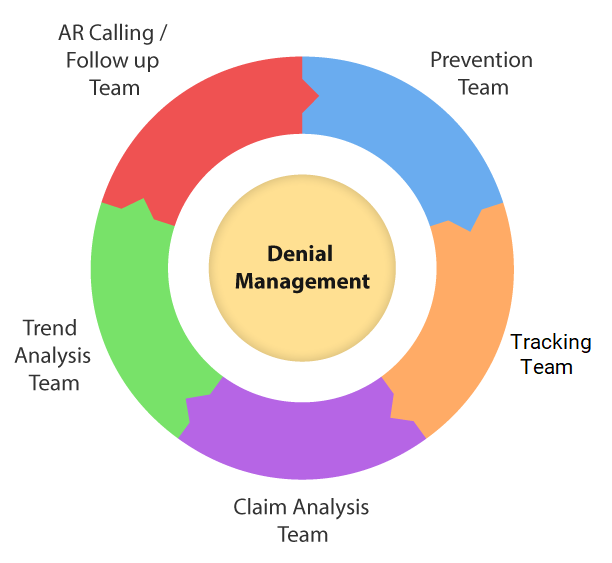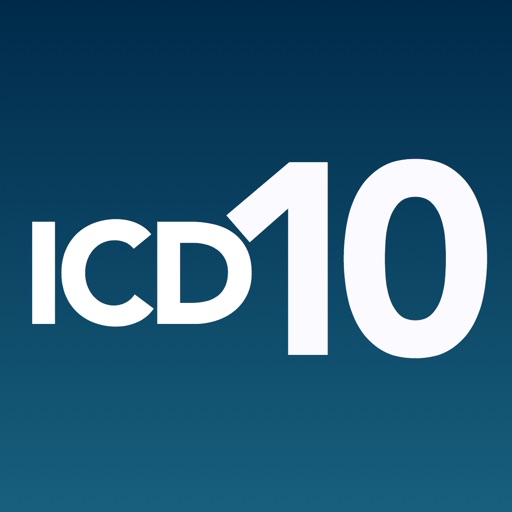Effective revenue cycle management (RCM) is crucial for the sustainability of healthcare organizations. This comprehensive process involves the administration of financial transactions resulting from medical services provided to patients. It encompasses everything from the initial patient registration and appointment scheduling to the final payment of balances. Let’s delve into the complexities and strategies of revenue cycle management in healthcare to understand how it impacts medical billing and overall organizational efficiency.
Understanding Revenue Cycle Management
Revenue cycle management (RCM) is the financial process that healthcare facilities use to track patient care episodes from registration and appointment scheduling to the final payment of a balance. This process involves several steps that ensure the provider receives proper payment for services rendered. The primary goal of RCM is to improve the financial performance of healthcare organizations while enhancing patient care services.
The Importance of Revenue Cycle Management in Healthcare
The healthcare industry faces numerous financial challenges, including fluctuating insurance reimbursements, complex billing regulations, and increasing patient payment responsibilities. Efficient RCM in healthcare ensures that all these aspects are handled smoothly, resulting in timely reimbursements and reduced claim denials. This, in turn, helps healthcare providers focus on delivering high-quality patient care.
Components of Revenue Cycle Management
RCM consists of several key components, each playing a vital role in the overall process. These include:
- Patient Registration and Verification: Collecting and verifying patient information to ensure accuracy.
- Insurance Eligibility and Authorization: Confirming insurance coverage and obtaining necessary authorizations.
- Charge Capture: Recording all services provided to the patient.
- Claim Submission: Submitting claims to insurance companies for reimbursement.
- Payment Posting: Applying payments received to patient accounts.
- Denial Management: Addressing and resolving denied claims.
- Patient Collections: Collecting outstanding balances from patients.
Strategies for Effective Revenue Cycle Management
To optimize RCM, healthcare organizations must implement several strategies:
- Invest in Technology: Utilizing advanced RCM software can streamline the entire process, reduce errors, and improve efficiency.
- Staff Training: Regular training ensures staff are updated on the latest billing codes, regulations, and best practices.
- Clear Communication: Effective communication between departments helps in resolving issues quickly and efficiently.
- Regular Audits: Conducting periodic audits helps identify and rectify inefficiencies and errors in the process.
- Patient Education: Educating patients about their financial responsibilities and available payment options can improve collections.
Challenges in Revenue Cycle Management
Despite its importance, RCM in medical billing faces numerous challenges:
- Regulatory Changes: Frequent changes in healthcare regulations require constant updates to billing practices.
- Insurance Complications: Dealing with multiple insurance providers and their varying policies can be complex and time-consuming.
- Patient Payment Responsibilities: With the rise in high-deductible health plans, patients are responsible for a larger portion of their medical bills, making collections more challenging.
- Data Management: Handling vast amounts of patient data securely and accurately is crucial for RCM.
The Role of Technology in Revenue Cycle Management
Advanced technology plays a pivotal role in enhancing RCM. Automated RCM systems can streamline tasks such as patient registration, charge capture, and claim submission. These systems reduce the likelihood of errors, ensure compliance with regulations, and speed up the entire billing process. Additionally, data analytics tools can provide valuable insights into the performance of the revenue cycle, helping organizations identify areas for improvement.
Benefits of Efficient Revenue Cycle Management
Efficient RCM offers several benefits to healthcare organizations:
- Improved Cash Flow: Timely and accurate billing ensures steady cash flow.
- Reduced Denials: Efficient processes and staff training can significantly reduce claim denials.
- Enhanced Patient Experience: By reducing billing errors and improving communication, patient satisfaction can be increased.
- Compliance: Adhering to regulations minimizes the risk of legal issues and penalties.
- Operational Efficiency: Streamlined processes free up resources and allow staff to focus on patient care.
Future Trends in Revenue Cycle Management
The future of RCM in healthcare is likely to be shaped by several trends:
- Artificial Intelligence and Machine Learning: These technologies can predict trends, automate processes, and identify potential issues before they become significant problems.
- Telehealth Integration: With the rise of telehealth, RCM systems will need to adapt to new billing codes and regulations.
- Patient-Centric Billing: Increasing transparency and offering flexible payment options to patients will become more important.
- Blockchain Technology: This can enhance data security and streamline the claims process.
Revenue Cycle Management in Medical Billing
Revenue cycle management in medical billing is a crucial aspect of healthcare finance. It involves a series of steps that start from patient registration and end with the final payment. Efficient RCM ensures that healthcare providers are reimbursed accurately and promptly, reducing the risk of financial instability. This process includes verifying patient information, submitting claims, managing denials, and collecting payments, all of which require meticulous attention to detail and compliance with regulations.
Implementing Revenue Cycle Management in Healthcare
Implementing an effective revenue cycle management system in healthcare involves several steps:
- Assess Current Processes: Evaluate existing RCM processes to identify areas for improvement.
- Choose the Right Technology: Select RCM software that meets the specific needs of the organization.
- Train Staff: Ensure all staff members are trained on the new system and understand their roles in the process.
- Monitor Performance: Regularly track key performance indicators (KPIs) to measure the effectiveness of the RCM system.
- Continuously Improve: Use data insights to make ongoing improvements to the RCM process.
The Impact of Revenue Cycle Management on Patient Care
While revenue cycle management primarily focuses on financial processes, it also has a significant impact on patient care. Efficient RCM ensures that healthcare providers have the necessary resources to invest in quality care. It reduces the administrative burden on clinical staff, allowing them to focus more on patient care. Additionally, clear and transparent billing practices can improve patient satisfaction and trust in the healthcare system.
Conclusion
Revenue cycle management is an integral part of the healthcare system, impacting both financial stability and patient care. By understanding and implementing effective RCM practices, healthcare organizations can navigate the complexities of medical billing, ensure timely reimbursements, and ultimately improve the overall patient experience. Investing in advanced technology, continuous staff training, and patient education will pave the way for a more efficient and transparent revenue cycle, securing the financial health of healthcare providers in the long run.










